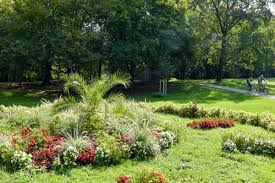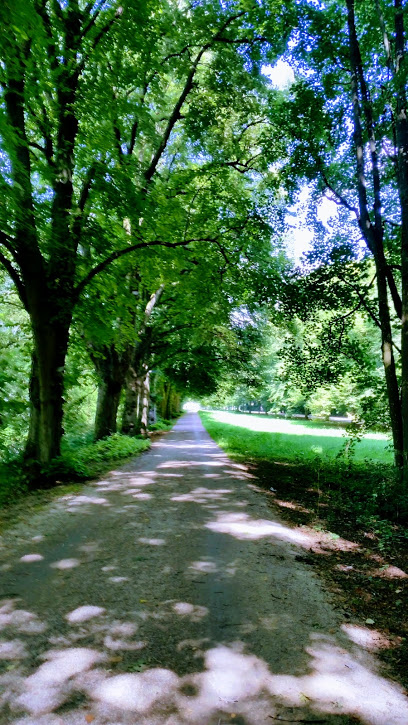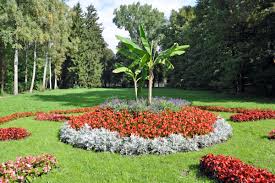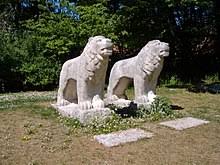The first public park planned in Ingolstadt was Luitpoldpark at the end of the century. In 1905, the artist and resident architect of the city of Ingolstadt Wilhelm Dunawpor designed the garden on behalf of the Beauty Society at the time. The name "Prinzregent Luitpold Park" appeared for the first time in Ingolstadt in 1911.
The park was built in the former castle area surrounding the Red Tower. This building, one of the most beautiful buildings in the 19th century castle, was part of Fronte Gumppenberg and was demolished after World War II. In the Luitpoldpark at the beginning of the 20th century, there was a car park and garden suite, where parties were held every Sunday. Both buildings were lost due to air raids during World War II.
In the last 100 years, the park has been able to develop without hindrance to a large extent. This is why the giants dominate the powerful trees and ways to Luitpoldpark.
The main intervention in the park was the construction of the Third Danube Bridge, which was issued in 1998 for public transport. The Luitpoldpark Bridge cuts the former central axis of the former war memorial into two parts.
In order to compensate for interference in the park, compensatory measures have been implemented to re-evaluate the remaining parking spaces:
The establishment of the "valley of ferns" as a vegetarian element in particular
Redesigning the war and the sacrificial site
Connect cut garden pieces on a green bridge
Luitpoldpark provides games for different age groups. The lively terrain in winter offers an attractive ski game near the Old Town.






